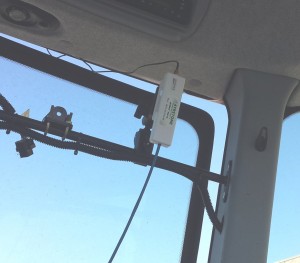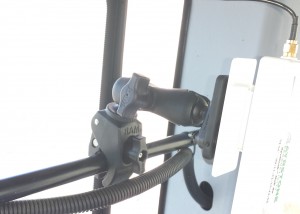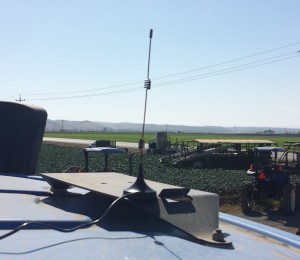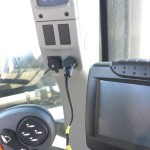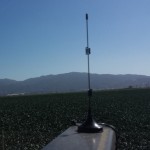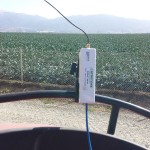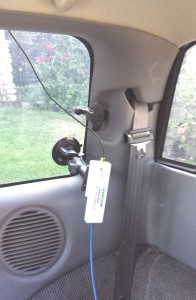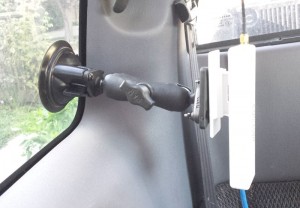 Many people start building an AyrMesh network on their property to provide Internet access across their acreage. However, having an Internet Protocol (IP) network across your property gives you the opportunity to connect devices on the property to help you be more productive, more efficient, safer, and happier.
Many people start building an AyrMesh network on their property to provide Internet access across their acreage. However, having an Internet Protocol (IP) network across your property gives you the opportunity to connect devices on the property to help you be more productive, more efficient, safer, and happier.
When I ask people what else they’d like to do with their AyrMesh Network, the first thing that usually comes up is cameras – the ability to see their property remotely.
There are two distinct reasons for putting cameras on your property: the first is what I call “situational awareness” – being able to bring up a view of some part of your farm any time you want. The second is for security – automatically monitoring some view of your property and alerting you when something happens.
 If you have animals on the farm, you probably worry about them – especially if your livelihood is tied up in them. One of the most common uses for cameras on the farm is to be able to check on the animals, whether it’s just so the kids can see the horses when you’re away or if you need to check on farrowing sows, calving cows, or foaling mares to protect your investment.
If you have animals on the farm, you probably worry about them – especially if your livelihood is tied up in them. One of the most common uses for cameras on the farm is to be able to check on the animals, whether it’s just so the kids can see the horses when you’re away or if you need to check on farrowing sows, calving cows, or foaling mares to protect your investment.
 A lot of people also just want to be able to view some part of the property, like the driveway or the kid’s play area, so they can know what’s going on any time. Sometimes these cameras may be dual-purpose, serving both a security function and for situational awareness.
A lot of people also just want to be able to view some part of the property, like the driveway or the kid’s play area, so they can know what’s going on any time. Sometimes these cameras may be dual-purpose, serving both a security function and for situational awareness.
 Putting a camera on your property gives you a “view” – you get the IP address of the camera from your router and you can bring up that view from anywhere on your property. Then you can do what’s called a “port forward” on your router to make your camera viewable from the Internet, wherever you may be. For instance, I always forward port 9001 to a camera in my living room. I can look at my public IP address on AyrMesh.com and find that it’s 99.100.101.102 (it’s not, but let’s pretend…), so I just need to point a browser to http://99.100.101.102:9001 and log into my camera (note: you HAVE to have a good, strong password on your camera).
Putting a camera on your property gives you a “view” – you get the IP address of the camera from your router and you can bring up that view from anywhere on your property. Then you can do what’s called a “port forward” on your router to make your camera viewable from the Internet, wherever you may be. For instance, I always forward port 9001 to a camera in my living room. I can look at my public IP address on AyrMesh.com and find that it’s 99.100.101.102 (it’s not, but let’s pretend…), so I just need to point a browser to http://99.100.101.102:9001 and log into my camera (note: you HAVE to have a good, strong password on your camera).
Next we’ll talk a little about the different kinds of IP cameras and the tradeoffs and compromises you can make – see part 2 here.


